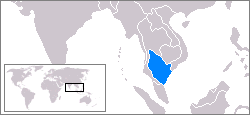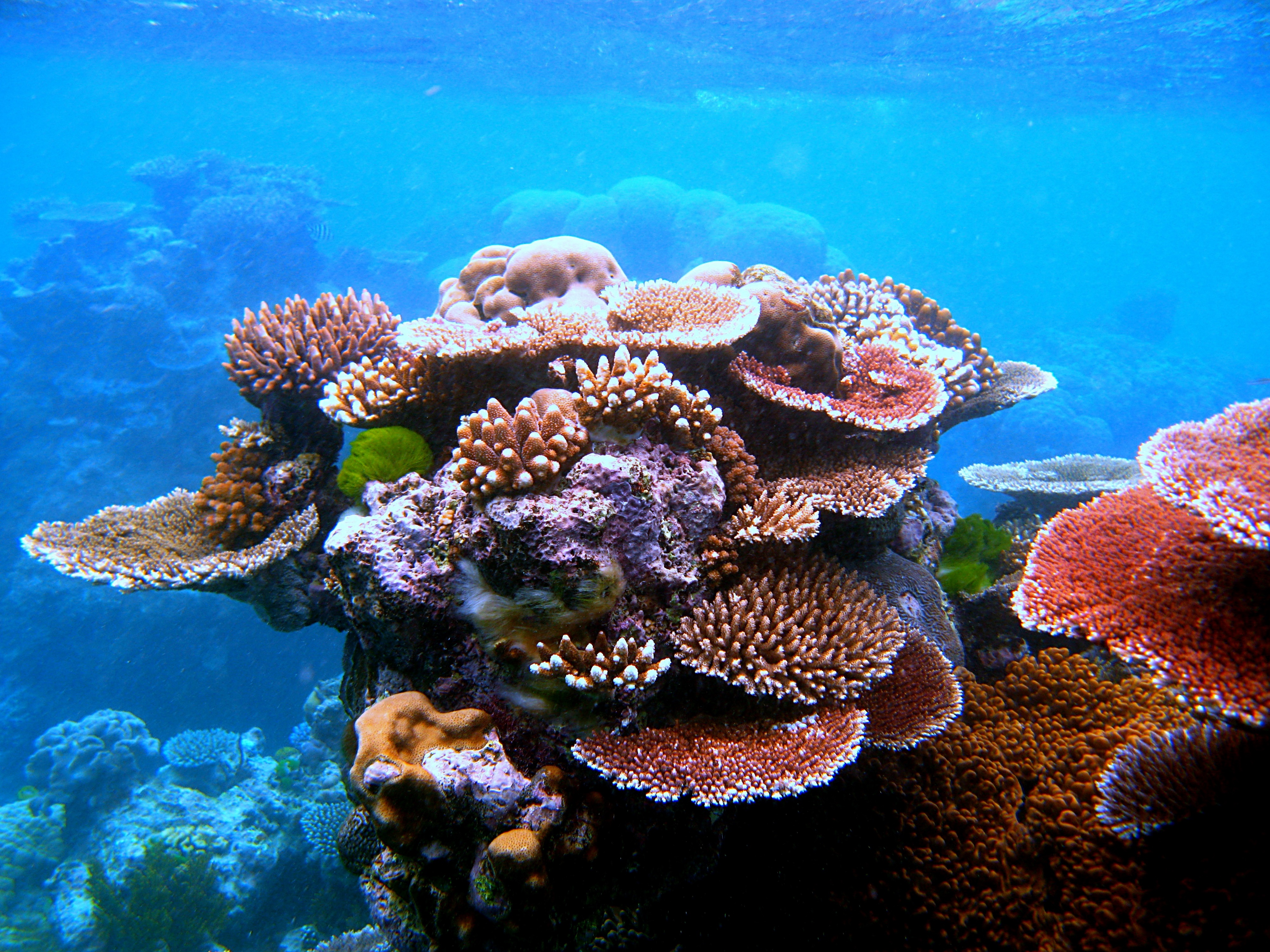|
Cosmocampus Investigatoris
''Cosmocampus investigatoris'' (investigator pipefish) is a species of marine fish of the family Syngnathidae. It is found in the Indo-West Pacific, from the Persian Gulf to the Gulf of Thailand. It lives over sand, mud, and coral bottoms to depths of 15m, where it can grow to lengths of 9 cm. This species is ovoviviparous Ovoviviparity, ovovivipary, ovivipary, or aplacental viviparity is a term used as a "bridging" form of reproduction between egg-laying oviparous and live-bearing viviparous reproduction. Ovoviviparous animals possess embryos that develop insi ..., with males carrying eggs in a brood pouch until giving birth to live young.Dawson, C.E., 1985. Indo-Pacific pipefishes (Red Sea to the Americas). The Gulf Coast Research Laboratory Ocean Springs, Mississippi, USA References Further reading WoRMS investigatoris Marine fish Taxa named by Sunder Lal Hora Fish described in 1926 {{Syngnathiformes-stub ... [...More Info...] [...Related Items...] OR: [Wikipedia] [Google] [Baidu] |
Sunder Lal Hora
Sunder Lal Hora (22 May 1896 – 8 December 1955) was an Indian ichthyologist known for his biogeographic theory on the affinities of Western Ghats and Indomalayan fish forms. Life Hora was born at Hafizabad in the Punjab (modern day Pakistan) on 2 May 1896. He schooled in Jullunder before college at Lahore. He met Thomas Nelson Annandale who visited his college in Lahore in 1919 and was invited to the Zoological Survey of India. In 1921 he became in-charge of ichthyology and herpetology and in 1947 became Superintendent of the Z.S.I. and then Director after Baini Prashad moved to become an advisor to the government. He was elected a Fellow of the Royal Society of Edinburgh in 1929. His proposers were James Hartley Ashworth, John Stephenson, Charles Henry O'Donoghue and James Ritchie. He died on 8 December 1955. Works The ''Satpura hypothesis'', a zoo-geographical hypothesis proposed by him that suggests that the central Indian Satpura Range of hills acted as a br ... [...More Info...] [...Related Items...] OR: [Wikipedia] [Google] [Baidu] |
Syngnathidae
The Syngnathidae is a family of fish which includes seahorses, pipefishes, and seadragons ('' Phycodurus'' and '' Phyllopteryx''). The name is derived from grc, σύν (), meaning "together", and (), meaning "jaw". The fused jaw is one of the traits that the entire family have in common. Description and biology Syngnathids are found in temperate and tropical seas across the world. Most species inhabit shallow, coastal waters, but a few are known from the open ocean, especially in association with sargassum mats. They are characterised by their elongated snouts, fused jaws, the absence of pelvic fins, and by thick plates of bony armour covering their bodies. The armour gives them a rigid body, so they swim by rapidly fanning their fins. As a result, they are relatively slow compared with other fish but are able to control their movements with great precision, including hovering in place for extended periods. Uniquely, after syngnathid females lay their eggs, the male then f ... [...More Info...] [...Related Items...] OR: [Wikipedia] [Google] [Baidu] |
Persian Gulf
The Persian Gulf ( fa, خلیج فارس, translit=xalij-e fârs, lit=Gulf of Fars, ), sometimes called the ( ar, اَلْخَلِيْجُ ٱلْعَرَبِيُّ, Al-Khalīj al-ˁArabī), is a mediterranean sea in Western Asia. The body of water is an extension of the Indian Ocean located between Iran and the Arabian Peninsula.United Nations Group of Experts on Geographical NameWorking Paper No. 61, 23rd Session, Vienna, 28 March – 4 April 2006. accessed October 9, 2010 It is connected to the Gulf of Oman in the east by the Strait of Hormuz. The Shatt al-Arab river delta forms the northwest shoreline. The Persian Gulf has many fishing grounds, extensive reefs (mostly rocky, but also coral), and abundant pearl oysters, however its ecology has been damaged by industrialization and oil spills. The Persian Gulf is in the Persian Gulf Basin, which is of Cenozoic origin and related to the subduction of the Arabian Plate under the Zagros Mountains. The current floo ... [...More Info...] [...Related Items...] OR: [Wikipedia] [Google] [Baidu] |
Gulf Of Thailand
The Gulf of Thailand, also known as the Gulf of Siam, is a shallow inlet in the southwestern South China Sea, bounded between the southwestern shores of the Indochinese Peninsula and the northern half of the Malay Peninsula. It is around in length and up to in width, and has a surface area of . The gulf is surrounded on the north, west and southwest by the coastlines of Thailand (hence the name), on the northeast by Cambodia and the Mekong Delta region of Vietnam, and opens to the South China Sea in the southeast. Names The modern Thai name of the gulf is ''Ao Thai'' ( th, อ่าวไทย, , 'Thai Gulf') and "Gulf of Thailand" has been adopted as the official name of the body by the International Hydrographic Organization. Its name in Malay is he "Gulf of Siam", ''Teluk Siam'', and in km, ឈូងសមុទ្រសៀម'', Chhoung Samut Siem''. In Thai, the gulf is historically known as ''Ao Sayam'' ( th, อ่าวสยาม). In Vietnamese it is know ... [...More Info...] [...Related Items...] OR: [Wikipedia] [Google] [Baidu] |
The IUCN Red List Of Threatened Species
The International Union for Conservation of Nature (IUCN) Red List of Threatened Species, also known as the IUCN Red List or Red Data Book, founded in 1964, is the world's most comprehensive inventory of the global conservation status of biological species. It uses a set of precise criteria to evaluate the extinction risk of thousands of species and subspecies. These criteria are relevant to all species and all regions of the world. With its strong scientific base, the IUCN Red List is recognized as the most authoritative guide to the status of biological diversity. A series of Regional Red Lists are produced by countries or organizations, which assess the risk of extinction to species within a political management unit. The aim of the IUCN Red List is to convey the urgency of conservation issues to the public and policy makers, as well as help the international community to reduce species extinction. According to IUCN the formally stated goals of the Red List are to provide ... [...More Info...] [...Related Items...] OR: [Wikipedia] [Google] [Baidu] |
Coral
Corals are marine invertebrates within the class Anthozoa of the phylum Cnidaria. They typically form compact colonies of many identical individual polyps. Coral species include the important reef builders that inhabit tropical oceans and secrete calcium carbonate to form a hard skeleton. A coral "group" is a colony of very many genetically identical polyps. Each polyp is a sac-like animal typically only a few millimeters in diameter and a few centimeters in height. A set of tentacles surround a central mouth opening. Each polyp excretes an exoskeleton near the base. Over many generations, the colony thus creates a skeleton characteristic of the species which can measure up to several meters in size. Individual colonies grow by asexual reproduction of polyps. Corals also breed sexually by spawning: polyps of the same species release gametes simultaneously overnight, often around a full moon. Fertilized eggs form planulae, a mobile early form of the coral polyp which, when matu ... [...More Info...] [...Related Items...] OR: [Wikipedia] [Google] [Baidu] |
Ovoviviparous
Ovoviviparity, ovovivipary, ovivipary, or aplacental viviparity is a term used as a "bridging" form of reproduction between egg-laying oviparous and live-bearing viviparous reproduction. Ovoviviparous animals possess embryos that develop inside eggs that remain in the mother's body until they are ready to hatch. The young of some ovoviviparous amphibians, such as '' Limnonectes larvaepartus'', are born as larvae, and undergo further metamorphosis outside the body of the mother. Members of genera '' Nectophrynoides'' and '' Eleutherodactylus'' bear froglets, not only the hatching, but all the most conspicuous metamorphosis, being completed inside the body of the mother before birth. Among insects that depend on opportunistic exploitation of transient food sources, such as many Sarcophagidae and other carrion flies, and species such as many Calliphoridae, that rely on fresh dung, and parasitoids such as tachinid flies that depend on entering the host as soon as possible ... [...More Info...] [...Related Items...] OR: [Wikipedia] [Google] [Baidu] |
Cosmocampus
''Cosmocampus'' is a genus of pipefishes. Species There are currently 14 recognized species in this genus: * ''Cosmocampus albirostris'' ( Kaup, 1856) (Whitenose pipefish) * ''Cosmocampus arctus'' ( O. P. Jenkins & Evermann, 1889) (Snubnose pipefish) * ''Cosmocampus balli'' ( Fowler, 1925) (Ball's pipefish) * ''Cosmocampus banneri'' (Herald & J. E. Randall, 1972) (Roughridge pipefish) * '' Cosmocampus brachycephalus'' ( Poey, 1868) (Crested pipefish) * ''Cosmocampus coccineus'' (Herald, 1940) * ''Cosmocampus darrosanus'' ( C. E. Dawson & J. E. Randall, 1975) (D'Arros pipefish) * ''Cosmocampus elucens'' ( Poey, 1868) (Shortfin pipefish) * ''Cosmocampus heraldi'' ( Fritzsche, 1980) * '' Cosmocampus hildebrandi'' (Herald, 1965) (Dwarf pipefish) * ''Cosmocampus howensis'' ( Whitley, 1948) (Lord Howe pipefish) * '' Cosmocampus investigatoris'' ( Hora, 1926) * ''Cosmocampus maxweberi'' ( Whitley, 1933) (Max Weber's pipefish) * ''Cosmocampus profundus'' (Herald A herald, ... [...More Info...] [...Related Items...] OR: [Wikipedia] [Google] [Baidu] |
Marine Fish
Saltwater fish, also called marine fish or sea fish, are fish that live in seawater. Saltwater fish can swim and live alone or in a large group called a school. Saltwater fish are very commonly kept in aquariums for entertainment. Many saltwater fish are also caught to be eaten, or grown in aquaculture. However, many fish species have been overfished and are otherwise threatened by marine pollution or ecological changes caused by climate change. Diet Fishes that live in the ocean can be carnivores, herbivores, or omnivores. Herbivores in the ocean eat things such as algae and flowering seagrasses. Many herbivores' diets consist of primarily algae. Most saltwater fish will eat both macroalgae and microalgae. Many fish eat red, green, brown, and blue algae, but some fish prefer certain types. Most saltwater fish that are carnivores will never eat algae under any circumstances. Carnivores' diets consist of shrimp, plankton, or tiny crustaceans. Captivity Saltwater aquariums a ... [...More Info...] [...Related Items...] OR: [Wikipedia] [Google] [Baidu] |
Taxa Named By Sunder Lal Hora
In biology, a taxon ( back-formation from '' taxonomy''; plural taxa) is a group of one or more populations of an organism or organisms seen by taxonomists to form a unit. Although neither is required, a taxon is usually known by a particular name and given a particular ranking, especially if and when it is accepted or becomes established. It is very common, however, for taxonomists to remain at odds over what belongs to a taxon and the criteria used for inclusion. If a taxon is given a formal scientific name, its use is then governed by one of the nomenclature codes specifying which scientific name is correct for a particular grouping. Initial attempts at classifying and ordering organisms (plants and animals) were set forth in Carl Linnaeus's system in ''Systema Naturae'', 10th edition (1758), as well as an unpublished work by Bernard and Antoine Laurent de Jussieu. The idea of a unit-based system of biological classification was first made widely available in 1805 in th ... [...More Info...] [...Related Items...] OR: [Wikipedia] [Google] [Baidu] |




